Cardinal Strong.
YOU SPOKE. WE LISTENED. LEVY FOR LEARNING & BOND FOR BUILDINGS.
VOTE NOVEMBER 5.
On July 8, 2024, the Lewiston-Altura School Board voted unanimously to propose a two-question referendum on the November 5, 2024, General Election ballot. The School Board, with extensive stakeholder input, developed a plan that will:
- Address some budget shortcomings.
- Improve school safety and security.
- Replace aging and failing building systems.
- Renovate spaces and finishes that are more than 40 years old.
- Update and expand classrooms to meet state guidelines.
QUESTION 1
Operating Levy for Learning $760/student
Operating levy dollars fund student learning – curriculum, supplies, teachers, staff, and instructional programs.
- Renew existing $52/student levy
- Increase levy by $708/student
- 10-year term with inflation adjustments
QUESTION 2
Bond Referendum for Buildings $19.95 million
- Classroom Upgrades to meet state guidelines for health, safety, size, and educational adequacy.
- Mechanical Systems Updates
- Safety & Security Improvements

The Process
You Spoke. We Listened. Levy for Learning. Bond for Buildings.
Starting in 2020, Lewiston-Altura Public schools began working with community members, teachers, and staff alongside school building experts to determine the best path forward for the district’s school buildings. The table below outlines the process.
- Re-engage community and budget plan reductions
- Community engagement, taskforce input, and November election
- Community input and budget reductions; School Board decision to close Altura Intermediate School as budget reduction
- Facility assessment and stakeholder engagement (including students, staff, school leaders as part of facilities assessment)
- District investigates opportunities to alleviate budget challenges and improve facilities
CLICK HERE to view a complete planning document with detailed activities by year

The Need
Persistent Budget Challenges & Aging Facilities
Operating Needs
The school district is facing persistent operating budget challenges due to declining enrollment, lack of sufficient state/federal funding to meet the rising costs of inflation, and facilities that continue to age and have increased maintenance needs.
Examples of Operating Budget Areas:
- Curriculum & Instruction materials
- Student Educational Activities & Experiences
- Teacher & Staff Salaries
- Maintenance Supplies
- Transportation
CLICK HERE to view a complete list of 2024-25 Budget Adjustments
While the operating levy will help the budget deficit, future adjustments will still be necessary for the reasons listed above. Long-term budget relief is needed for all public-school systems to relieve this burden on local taxpayers.
Facility Needs
It has been 27 years since voters supported school facility updates through a bond referendum. As a result, the district has made only necessary updates through its annual long-term facility maintenance funds.
Many classrooms – including high school science labs, band, and career and technical education (shop) spaces are outdated. They lack the adequate infrastructure to support existing equipment and technologies, student collaboration areas, and flexible learning spaces needed for today’s educational programming.
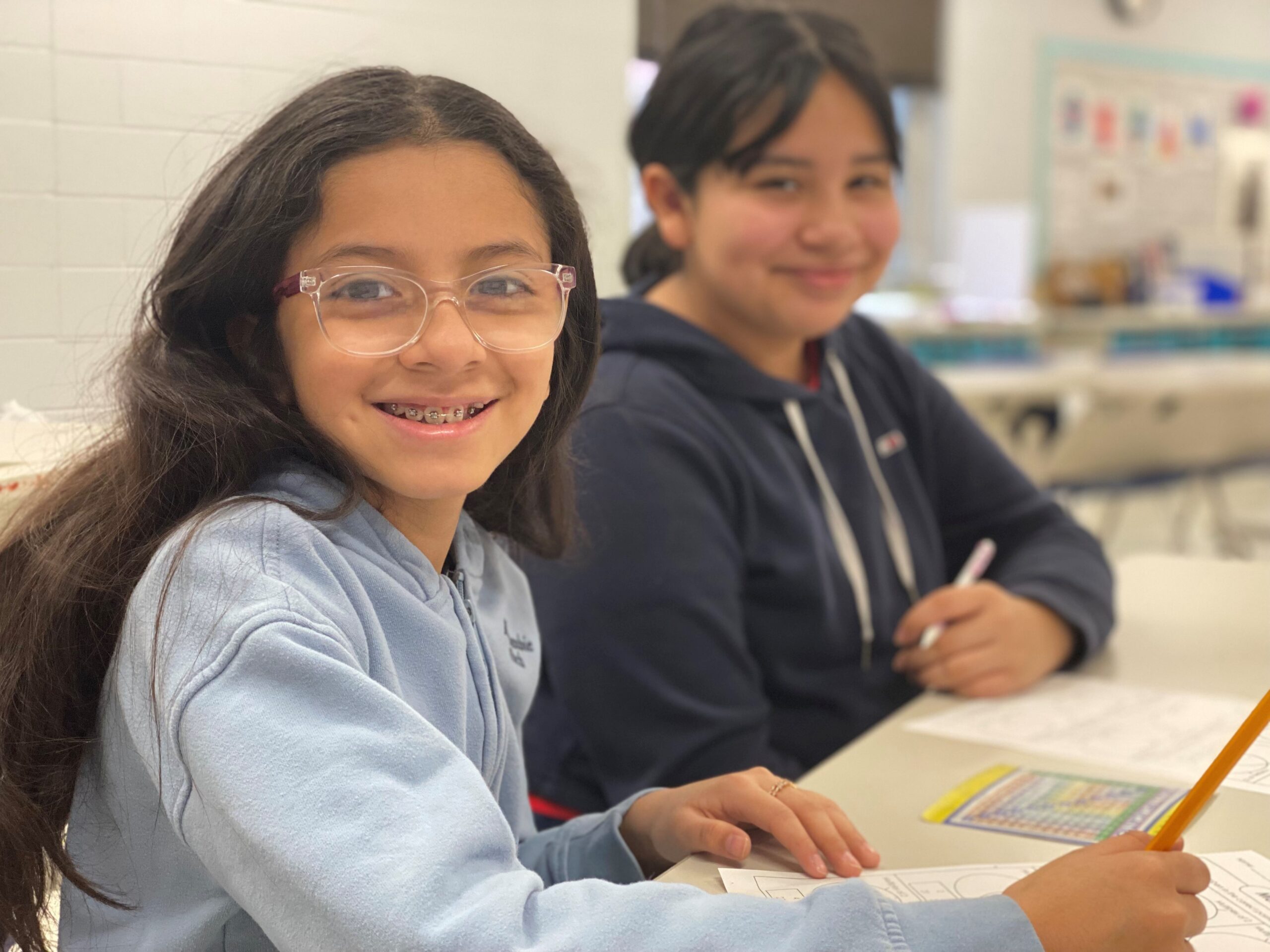
The Plan
A fiscally responsible plan to serve all community members.
Our Challenges & Proposed Solutions
Levy for Learning
Operating Levy Referendum for $760/student.- Renew $52/student operating levy
- Increase operating levy by $708/student
- Levy for 10 years; including inflation
- Even with additional operating levy dollars, school district will face additional adjustments in coming years.
Increasing the levy will allow the District to continue to provide quality education, attract and retain quality teachers and staff, maintain current opportunities for students, and reduce future budget cuts.
Further Budget Reductions & Fee Increases Will be Needed Annually even with a successful levy referendum, due to declining enrollment and state funding that has not kept place with inflation.
L-A Public schools will need additional adjustments annually to balance the budget even if operating funds are approved by voters due to declining enrollment and funding that does not keep pace with inflation.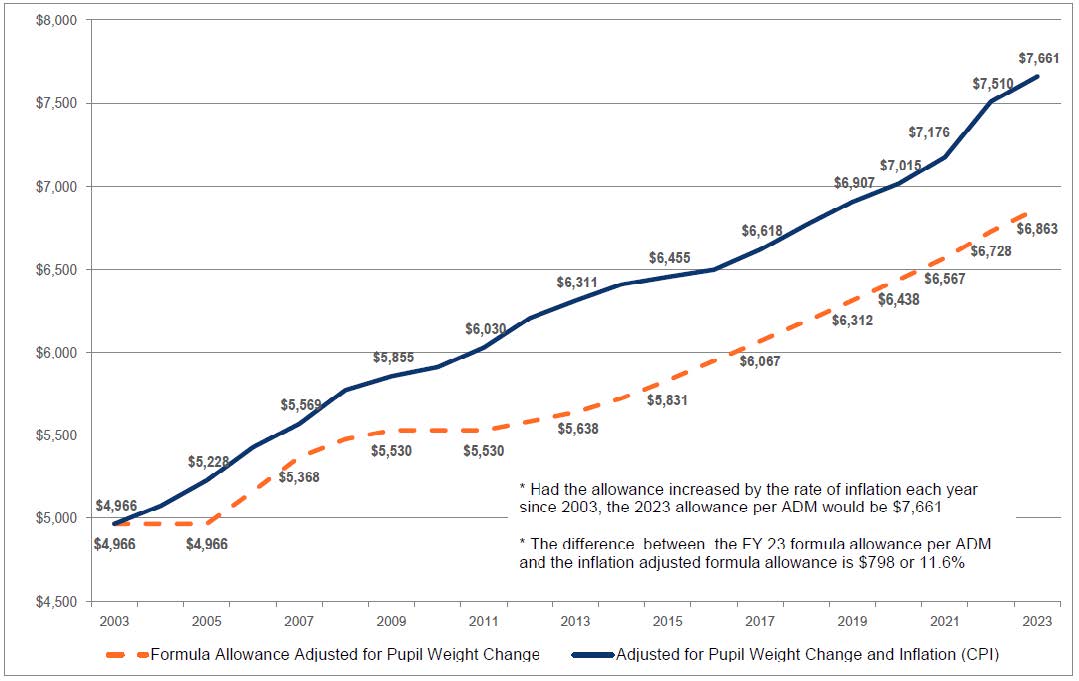
Bond for Buildings
Bond Referendum for $19.95 million (including bond costs)
After working gathering input from a scientific survey, community engagement meetings and working with a community taskforce to study the needs and possible solutions, the school board selected a list of basic needs to be addressed in this referendum:
Classroom upgrades
- General classrooms, science labs, and art spaces are undersized and outdated. They lack systems to support existing equipment and technologies. Student collaboration and flexible learning spaces are also needed for today’s learning.
Mechanical Systems & Finishes upgrades
- The high school was built in 1965 and the elementary school in 1974. Most of the building systems and finishes are from the original construction, have far reached the end of their service life, and need replacement.
Safety & Security Improvements
- The school entrances need updates to route visitors through the main office to ensure a warm welcome to the schools and safe learning environment for students and staff. Parking lots at both schools need a redesign to ensure student safety and improve traffic flow for parents and buses.
Detailed List of Improvements by School:
At the Elementary improvements include:
- Plumbing
- Tuckpointing
- Windows replacements
- Door and hardware upgrades
- Gym equipment and flooring upgrades
- Site improvements
- New playground equipment
- Remodeled office space
- A small addition to create a secured entry, remodel existing space into a family restroom
- Classroom casework and wall upgrades to address sound issues, remodeling of existing space to create larger kindergarten rooms
- Remodeling of group restrooms to increase capacity and meet American Disabilities Act (ADA) requirements, and a new bus and parent drop-off area.
At the High School improvements include:
- Fire alarm system replacement
- Plumbing
- Tuckpointing
- Roofing Replacements
- Windows replacements
- Door and hardware upgrades
- Classroom casework replacements
- Main gym flooring replacement
- New C-Gym bleachers
- Site improvements
- An addition to create a secured entry and provide adequate office space
- Remodeling of the staff workroom and restrooms to meet the American Disabilities Act (ADA);
- Renovations to update the science and art classrooms
- Renovations to update the locker rooms
- Update the existing career and technical education (CTE) space
- And a new bus drop-off area.
Click to view any of the following concept plans:
Elementary
Concept Plan
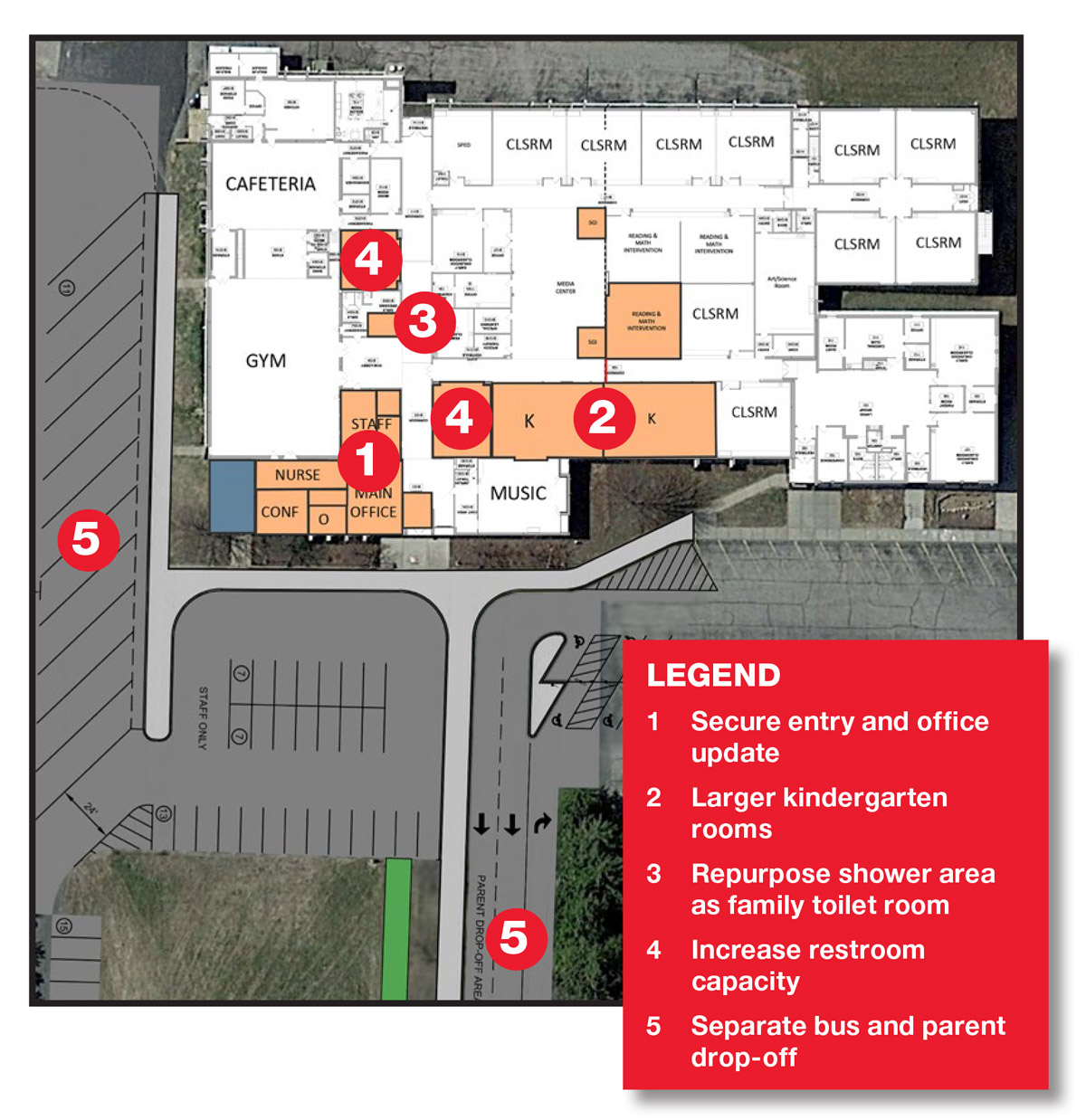
High School
Concept Plan
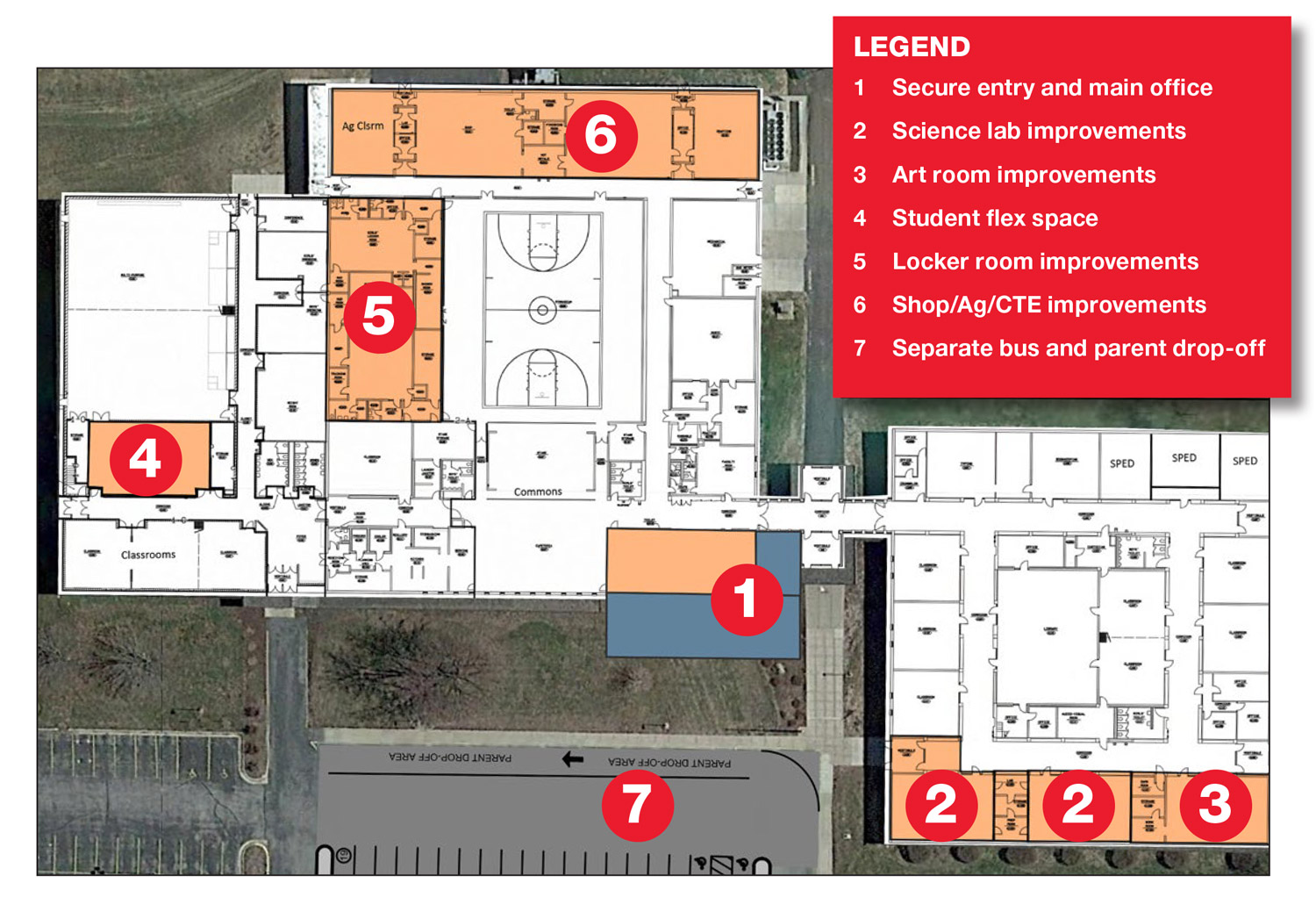
CLICK HERE to download the Proposed Projects by School Flyer

The Cost
Tax relief for 62% of residents via Ag2School Credit.
Tax Impact
The median, or average, home value in Lewiston-Altura Public Schools for taxes payable in 2024 is $230,970.
Ballot Question #1 – Levy for Learning
Operating Levy
- Cost: $760/student for 10 years
- Tax Impact on a $200,000 Home:
$18.00/month or $216/year - Tax Impact on a $250,000 Home:
$22.50/month or $270/year
Ballot Question #2 – Bond for Buildings
Bond Referendum
- Cost: $19.95 million over 20 years
- Tax Impact on a $200,000 Home:
$22.67/month or $272/year - Tax Impact on a $250,000 Home:
$30.08/month or $361/year
If both questions pass…
Tax Impact on a $200,000 Home: $40.67/month or $488/year
Tax Impact on a $250,000 Home: $52.58/month or $631/year
CLICK HERE to view the complete tax chart.
(click on the red box to visit the tax calculator and determine the specific tax impact for your home.)
70% Tax Credit for Agricultural Landowners
The proposed bond project will receive aid from the Ag2School credit. The Ag2School credit provides agricultural property owners a credit for school district debt service. This is an automatic reduction of property taxes paid. The legislature successfully passed this legislation in the 2017 session. The current credit is 70 percent and permanent law.No Data Found
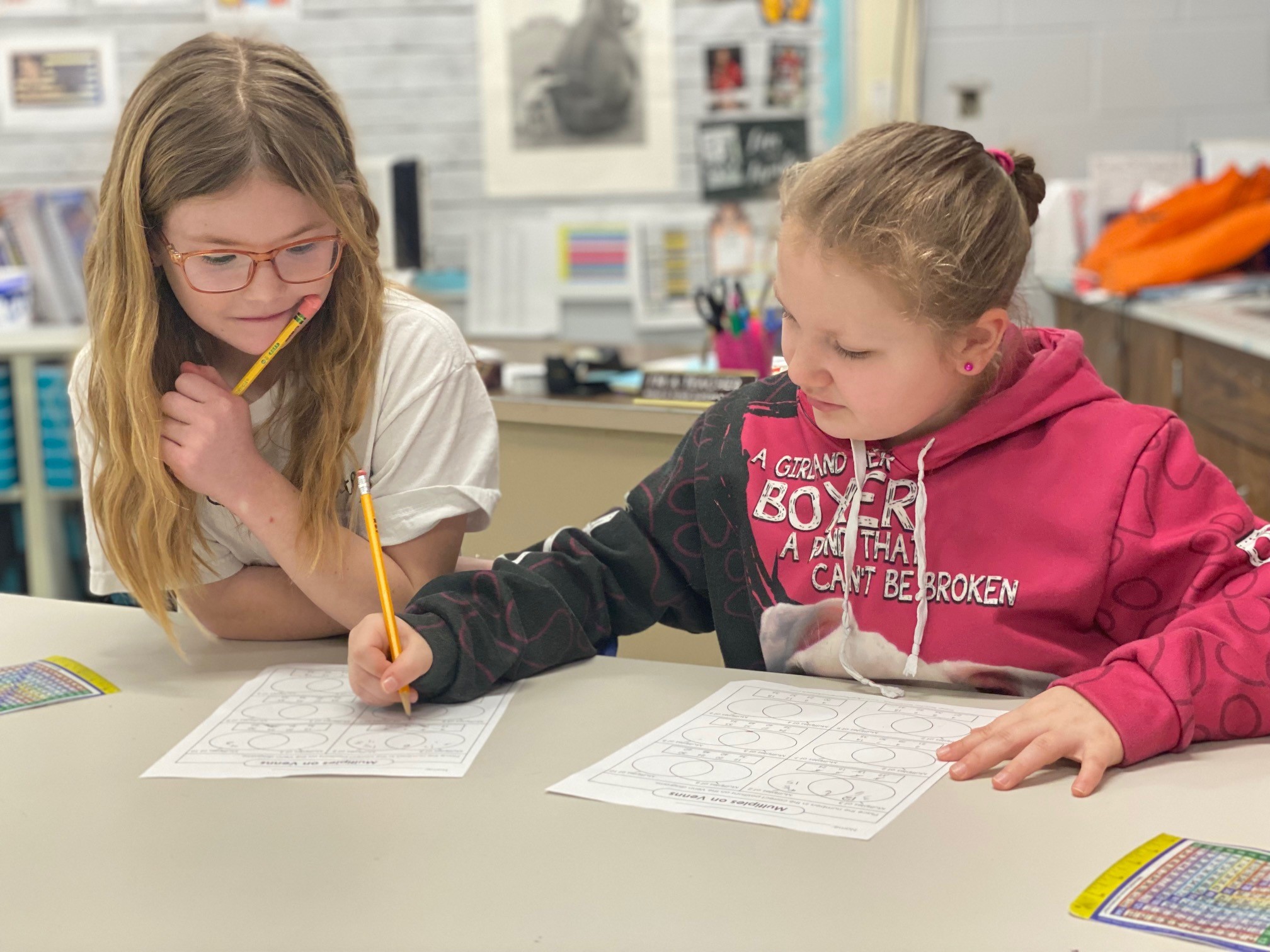
Resources
Looking for detailed information about the proposed referendum?
Referendum Communications
Presentations
- Referendum Presentation (Power Point)
Flyers & Postcards
Did You Know? Ads
- Week 1 – Why not use funds from the district budget V.1?
- Week 1 – Why not use funds from the district budget V.2?
- Week 2 – Are you eligible for a tax refund or deferral?
- Week 3 – Both levy & bond needed for districts future
- Week 4 – Why not address facility needs a little at a time?
- Week 5 – L-A district public schools see gains in MCA’s
- Week 6 – Early voting starts Sept. 30
- Week 7 – Why the district needs more funds
- Week 8 – When was the last bond referendum
- Week 10 – What’s different
Other resources to be added. check back often for updates
Questions?
Do you have recommendations for information to be added? Send an email to Gwen Carman, Superintendent, at gcarman@lewalt.k12.mn.us.

Voting Information
Early voting opens Sept. 20 at the Winona County Government Center.
Register to Vote
In Minnesota, you can register at your polling place on Election Day
- Same day registration checklist (Minnesota Secretary Of State – Register on Election Day)
- If you would like to update your registration, or create a registration prior to election day click this link to Register online (Register to Vote or Update Your Registration – MNVotes)
Early Voting Begins September 20
You can cast your votes for the November 5, 2024, General election by voting through absentee ballot, either in person or by mail beginning September 20.
Early Voting in Person
Early voting will take place at the Winona County Office Building located at 202 West 3rd Street, Winona, MN, M-F 8:00 a.m.-4:00 p.m. on regular business days.
Winona County will offer extended hours leading up to the election:
- October 26 – 9 a.m.-3 p.m.
- October 29 – Extended hours until 7 p.m.
- November 2 – 9 a.m.-3 p.m.
- November 3 – 9 a.m.-3 p.m.
- November 4 – Extended hours until 7 p.m.
Absentee Voting by Mail
Early voting for the General Election starts September 20. You can vote early with an absentee ballot. Process for mail-in ballots:
- Request your mail-in ballot with a mail ballot application (Link to Application – PDF)
- Fill out the application completely.
- Submit the request to your local election office. (Minnesota Secretary Of State – Find County Election Office)
- Election official: Chelsie Wilbright
- General phone: 507-457-8830
- Website: https://www.co.winona.mn.us/170/Election-Administration
Election Day Voting
- Polls are open Tuesday, November 5 from 7:00 a.m. to 8:00 p.m. Vote at your regular polling location. Click below to find your polling place:
Find your polling place:
Minnesota Secretary of State Pollfinder (Voter Information Portal (state.mn.us)
Specific questions regarding elections in Winona County
Please contact the Winona County Auditor/Treasurer’s Office at (507) 457-8830 or email at autr@co.winona.mn.us
Ballot Questions
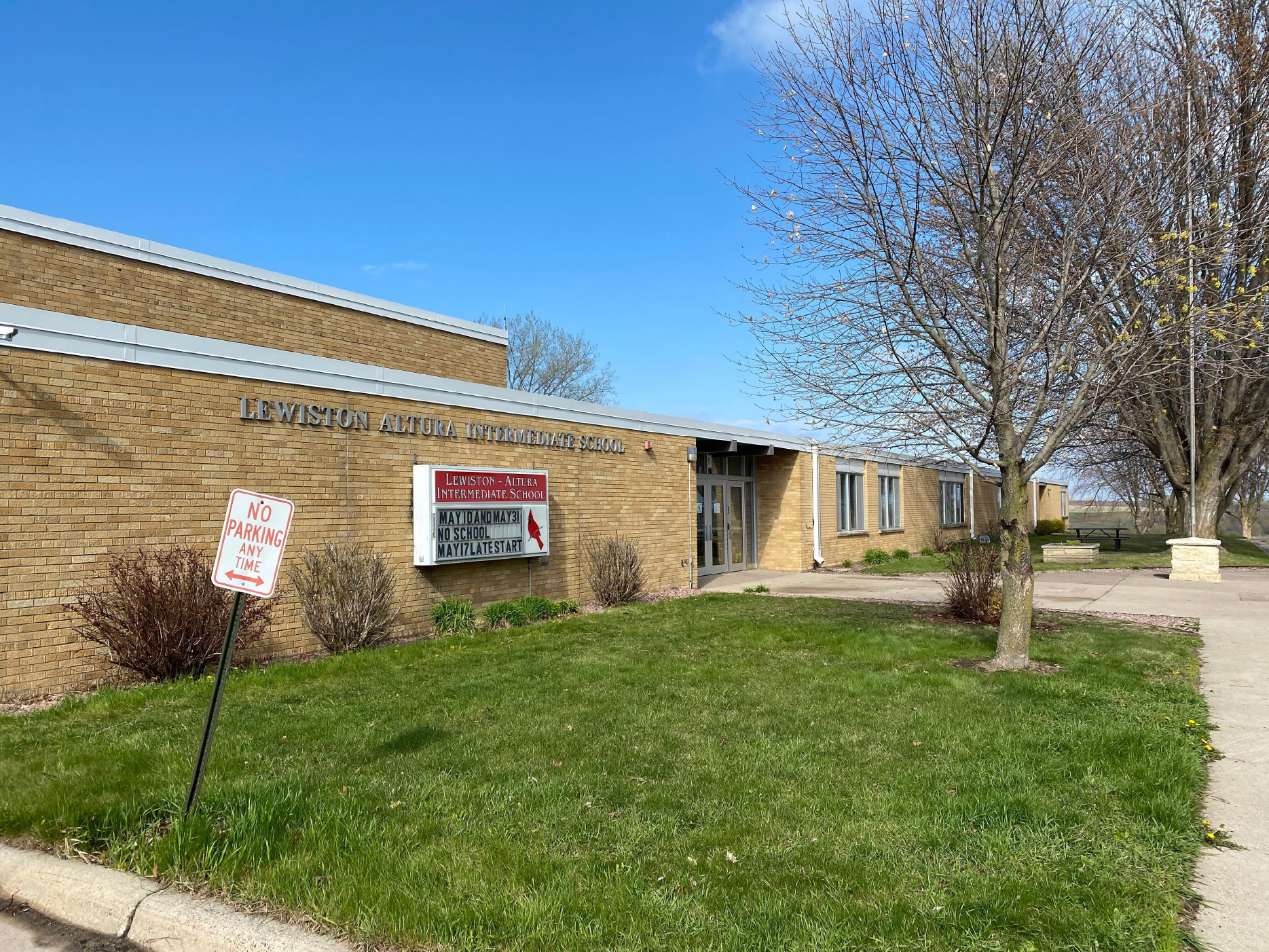
In the News
The media is talking about L-A Public Schools
Letters to the Editor
- “My ‘why’ for serving on the Lewiston-altura School District Board. Please Vote on or before Nov. 5th” by Bree Maki, School Board Chair
- “Strong Schools, Strong Communities. Please Vote on or before Nov. 5th” by Sara Daley, School Board Member
- “Learn the Facts about the Levy for Learning. Please Vote on or before Nov. 5th” by David Baer, School Board Treasurer
- “We All Make Home Repairs…Now It’s Time for School Repairs. Please Vote on or before Nov. 5th” by Daniel Kreidermacher, School Board Director
- “Living our Strategic Priorities. Please Vote on or before Nov. 5th” By Dave Riebel & Dr. Cory Hanson, Lewiston-Altura Public School District Principals
- “Strong Schools, Strong Communities. Please Vote on or before Nov. 5th” By Sarah Sommer, School Board Vice Chair
News Releases

Connect with Us
Let’s talk. Want to hear a presentation? Would you like to volunteer?
Educating and informing all residents about the referendum is a big task. We are working hard to reach everyone before Election Day, November 5. If you have a question, are part of a group that would like to hear a presentation and ask questions, or maybe you too are passionate about children, families, and our communities and would like to volunteer… Click on the link and complete the Google Form. We will reach out to you soon to respond to your request.
As the proverb says, “It takes a village to raise a child;” we continue to engage all residents and Lewiston and Altura and surrounding communities, so all children can learn and grow in a safe and healthy environment.
FAQs
Frequently Asked Questions
Budget
How much are anticipated budget cuts for the 2024-25 school year?
Lewiston-Altura Public Schools currently has a budget deficit due to rising costs, declining enrollment, and state funding that has not kept pace with inflation and is targeting a minimum of $771,000 in budget adjustments for the 2024-25 school year.
The district has experienced increased operating costs in the areas of:
- Unfunded state and federal mandates.
- Recruiting & retaining staff.
- Providing competitive wages.
- Transportation.
- Utility costs.
- Technology access costs.
How did the school district reduce the budget for 2024-25?
At their June 10, 2024, meeting, the L-A School Board adopted the district’s budget for fiscal year 2025 which included $771,000 in expenditures adjustments (reductions) in staff, extra-curricular activities and bus routes and revenue increases in activity fees, booster club donations and the sale of land. These adjustments are necessary to address the district’s budget deficit due to rising costs, declining enrollment, and state funding that has not kept pace with inflation.
What is the school district doing to balance the budget?
The school board and district leaders are rightsizing the budget for the 2024-25 school year with budget reductions, fee increases, and donations.
A list of proposed budget adjustments (both reductions and fee increases) is reviewed and discussed at each school board meeting (see District website at www.lewalt.k12.mn.us to view agendas/minutes and access links to recordings of the meetings). The Board is scheduled to act on the final budget adjustments for the 2024-25 school year in June.
The school district is working with a community task force to discuss the district’s continued financial, and facility needs as it considers running another operating levy and building bond referendum in November 2024.
What are some of the reductions?
The largest reductions are moving the high school academic schedule to a 7-period day which facilitates a reduction in teaching positions. Moving forward, field trips must be fully funded by outside resources. There will also be reductions in supplies, technology licensing, bus routes and elimination of some coaching positions to name a few.
What are some of the revenue increases?
Revenue increases will include but not limited to higher admission costs for activities and athletic events, increased student participation fees and a one-time donation of $15,000 from The Booster Club.
Where is the district seeking donations?
The district is actively seeking donations from community members and businesses. District leaders are excited about the formation of The Cardinal Foundation, formed by parents and community members determined to support the district and students in the long-term.
What is statutory operating debt (SOD)?
Under Minnesota state law (MN statute 123B.81), a school district is in SOD when it reports a year-end net negative general fund balance that is more than 2.5% of its previous fiscal year’s operating expenditures.
This is a simple calculation of dividing the district’s general fund balance by its general fund expenditures. For example, if a district has an unreserved general fund balance of -$483,601 and a general fund expenditure of $4,950,567. Its net general fund balance is -9.77%, exceeding more than -2.5%.
What happens when a district is in SOD?
A district is notified of its SOD status by the state. Once a district is in SOD, it is required to submit a detailed operating plan to the Minnesota Department of Education (MDE) outlining both steps and a time frame for getting out of debt. This plan must be approved by the Commissioner and the district is obligated to comply with the plan to continue to receive state aid.
Being in SOD is not desirable for any district but is also not uncommon. There are districts that have spent several years in SOD or have exceeded the -2.5% threshold more than once. For example, in Southeast Minnesota, Kenyon-Wanamingo School District is currently in SOD, and has also previously been in SOD during fiscal years 2004, 2005, 2022, and 2023. The same with Alden-Conger school district in fiscal years 2010, 2011, 2012, 2013, and 2023. Also, the St. Charles school district starting in fiscal year 2023.
Is the L-A school district in SOD?
No. While the district currently has a budget deficit, it has not reached the threshold of qualifying for SOD. In fiscal 2023, the L-A Public Schools net general fund balance was 3.20%. While low, it is still above the state’s SOD qualifier. If the district expenditures continue to exceed its revenues, this percentage lowers. For example, the district is currently spending in excess of $356,141 over revenue for fiscal year 2024 and projecting a lower net general fund balance of 1.98% for the close of fiscal year 2024. To keep this percentage from lowering, the district is proposing budget adjustments, revenue increases and potentially an operating levy this fall to balance the budget for fiscal year 2025.
What is consolidation?
Consolidation is a permanent reorganization of a school district and is considered by school boards as a “last resort” for districts who are unable to sustain themselves independently. It is an all-encompassing process that requires years of planning, collaboration from neighboring districts, approval from both potential consolidating communities and the Minnesota Department of Education.
Such planning includes, but is not limited to, the formation of a new board of directors, extensive debt analysis of both districts and comprehensive building and space capacity studies. In some cases, a district will need to build or add on space to accommodate additional students.
Is the district considering consolidation?
No. The Lewiston-Altura school district is far from needing to close its schools. The board and administration have been diligent over the past two years in working to balance the school budget and under current Minnesota law, districts are only required to merge if they do not meet state standards for an operating school district.
Although L-A Public Schools has been impacted by declining enrollment and lack of state funding that has not kept pace with inflation, it continues to remain an independent district by making budget adjustments, increasing revenues and its appeal to families through marketing and fundraising.
The board is continuing to look at all viable options including an operating levy election this fall, that will put Lewiston-Altura in a more financially stable position now and into the future. Providing students with a strong education continues to be the board’s number one priority.
Will I have to pay taxes if the district consolidates or dissolves?
There unfortunately isn’t a scenario where property owners will not pay school taxes. In fact, residents could potentially pay more taxes as consolidation or dissolution involves re-districting of property. If L-A Public Schools consolidates, residents would not only be accountable for existing L-A Public Schools debt until maturity, but also potentially any new debt generated and all other school levies of the new consolidated district.
Enrollment
What is the long-term enrollment forecast for L-A Public Schools?
Currently at 559 K-12 students, ISD 857’s total enrollment is projected to decline by roughly 14 percent to 483 students over the next 5 years but stabilize in fiscal year 2030. This is reflected by the decrease in birth rates in Lewiston, Altura, and surrounding communities. In 2023, the birth-to-4-year-olds census reported 201 children, down 93 children from 1994 where 294 children were reported. Unfortunately, Lewiston-Altura Public Schools are not alone in experiencing this loss as 65 percent of MN Public Schools had declining enrollment in 2022 compared to 2019.
How many potential K-12 resident students are there in the L-A Public School District attendance boundary?
During the 2022-23 school year, 729 students were eligible for school in kindergarten through 12th Grade in the L-A Public Schools. The school district served 443 students (60.7%).
How many L-A resident students enroll in local non-public schools?
During the 2022-23 school year, roughly 156 students (21.3%) enrolled in local, non-public schools.
How many students open enroll out of L-A Public Schools annually to other public schools?
During the 2022-23 school year, 85 students (11.6%) open enrolled out of L-A Public Schools to another public school district (e.g. St. Charles, Rushford-Peterson, Winona).
How many students open enroll into L-A Public Schools annually?
During the 2022-23 school year, L-A Public Schools gained 151 students through open enrollment (a net increase of 66 students). These students predominantly travel from Winona Area Public Schools.
What reasons do students/families provide when they open enroll out of or into L-A Public Schools?
Some of the reasons families choose other schooling options include, but are not limited to, homeschooling, geography, religion and/or family beliefs, parent/family work location, childcare, specific curriculum/program offerings or personal preferences.
How much revenue does the district receive per student?
The L-A school district receives roughly $11k per student enrolled. This is for both students who are residents and those who are open enrolled into L-A Public schools.
Do open enrolled parents/families pay school property taxes?
Yes. While parents who open enrolled their students do not pay L-A taxes, they do pay taxes for the school district for which they reside. Similarly for L-A parents who open enroll their students out of the district; they still pay school property taxes in the L-A school district.
What is the school district doing to increase enrollment?
The school district is employing a variety of strategies to recruit and retain students. On March 26, the school district held Kindergarten Registration for the 2024-25 school year. By implementing a variety of communications, 36 of 38 kindergarten age-eligible current resident students were registered. Elementary school staff members have plans in place to pursue the remaining two families. Please note, this does not include potential kindergarten student families who already have older siblings enrolled in local private schools or families who have informed L-A Public Schools of their intention to enroll their incoming kindergarten student in private school.
Additionally, the school district is increasing communications with staff, parents, and the greater community for increased transparency specifically in the areas around academic excellence, student success and financial management.
How is the District increasing engagement and building Cardinal Pride?
Emphasizing “Cardinal Pride” is a top priority for the district to both attract new families and build excitement around our schools in the community. The district has increased the frequency and expanded the types of communications to reach all residents. Website updates and Facebook posts have increased. Other activities in motion include:
- Continued publication of News from the Nest (printed and mailed school district newsletter for all residents).
- Beverages with the School Board (monthly meet and greet opportunity to talk to school board members).
- Public and Private Schools board member discussions to build relationships.
- “Did You Know?” articles, social posts, and documents.
- Cardinal Strong eNewsletter sent monthly to all enrolled families with opportunities for alumni and community to register to receive as well.
During the 2024-25 school year, the school district plans to research, plan, and implement a full enrollment and marketing plan for the school district.
Academic Excellence
What is academic excellence in L-A Public Schools?
Academic excellence can be measured by achievement as well as active involvement in lifelong learning activities. In L-A Public Schools, students experience a variety of engaging academics. Achievement is measured through local and state assessments from preschool to graduation, as well as hands-on learning. Students experience an engaging and well rounded education that prepares them for college and career success academically, emotionally, and socially.
What are some indicators of student success in the L-A Public Schools?
The school district is proud that the middle school Math curriculum has some of the highest rigor in the state. L-A Students in Grades 3-6 score above state averages in Reading and Math in the Minnesota Comprehensive Assessments (MCAs); and higher than many neighboring school districts:
- Reading: 58% L-A / 52% State
- Math: 57% L-A / 51% State
Students at L-A High School can access rigorous courses in the school via concurrent enrollment, where they gain college-level learning – and credit (for free) – and in Post Secondary Enrollment Options (PSEO), both while enrolled in high school.
The students at L-A public schools continue to exceed the state graduation rate average, excel statewide in FFA, and regionally in Art, Band/Choir, and Athletics. Local participation rates in activities and athletics are high for all students.
Operating Levies and Bond Referenda
What is an Operating Levy?
When communities support an operating levy, they are providing the district general funds to use for teachers’ salaries, textbooks, co-curricular programs, transportation, computers, utilities and the general operation of the district. The average operating levy in Minnesota per pupil has increased: in 1993 it was $332 per pupil and in Fiscal Year (FY) 2021-22 it was approximately $850 per pupil unit.
Why is the district considering an Operating Levy?
The district’s current voter-approved operating levy of $52 per pupil unit (/PU) is due to expire in FY 2026. The Lewiston-Altura Public Schools currently has a budget deficit due to rising costs, declining enrollment, and state funding that has not kept pace with inflation. The failed November 2023 operating levy was proposed to help address this deficit.
In the past three years, the district has filled some budget gaps with federal and state pandemic dollars. However, these are one-time funds that will not be available to the district in the future.
As enrollment declines, the district receives less revenue from the state to maintain curriculum, course offerings and staff. Roughly $255,000 of annual operational savings has been realized by closing the Altura building and downsizing to two school sites. However, additional funds are still needed to adequately provide quality education, maintain current opportunities for students, and reduce future budget cuts.
Will a successful operating levy help keep the district out of SOD?
The recent post-referendum survey shows support of an operating levy amount of $760 per pupil unit. If the district proposes an operating levy for this amount in a November 2024 election, and it is successful, it will help but unfortunately not be enough to prevent budget adjustments. The district is forecasting that with these additional dollars it will likely still need to make budget adjustments in future years.
What is a Bond Referendum?
A bond referendum provides school districts dollars to only be used to make significant improvements to facilities and building infrastructure. Bonds can be used for major construction such as renovation, building an addition, building new schools or for projects such as addressing deferred maintenance and ventilation deficiencies. Bonds, however, cannot be used to pay staff, buy textbooks, pay utilities or for the general operation of the district.
Why is the district considering a Bond Referendum?
The elementary school and the high school are both aging and have infrastructure and renovation needs. Addressing facility needs will also reduce annual maintenance and operating costs, allowing the district to re-direct the savings to student programming. Additionally, updating our facilities will ensure the buildings will be safer and provide improved educational spaces for 21st-century learning.
What were the results of the November 2023 election?
The election was unsuccessful by a small margin:
- Question 1 (Operating levy at $760/PU) failed by 12 votes,
- Question 2 (Facilities Bond – highest priority facilities needs including mechanical, HVAC, plumbing and electrical infrastructure improvements, safety and security upgrades and improvements to existing classrooms) failed by 8 percent points, and
- Question 3 (Facilities Bond – performing arts space & competition gym) failed by 20 percentage points.
What were the results of the Post-referendum Survey?
Based on the data received in February 2024, the stakeholders stated that the district should consider re-running the election with an operating levy at $760/PU and a bond referendum amount under $20M. The data
showed there is not enough support for a bus garage, multipurpose space, replacement gym, and band/choir addition.
District Needs
What will be proposed if there is an operating levy and bond referendum this fall?
On March 26, the district re-engaged the community task force in the first of three planned meetings to assist in determining next steps. As the district’s budget and facilities needs will not go away, work is continuing to build a plan to potentially propose to the community in the November 5, 2024 general election. In addition to operational dollars, a potential proposed option to address facilities needs could include safety and security needs, as well as indoor air quality, aging infrastructure and worn finishes improvements, including the high school roof which needs urgent repair.
Financial
Will the district receive any assistance from the state for a potential project?
A proposed bond project will receive aid from the Ag2School credit. The Ag2School credit provides agricultural property owners a credit for school district debt service. This is an automatic reduction of property taxes paid and 62 percent of the L-A district’s tax base qualifies for this credit. The legislature successfully passed this legislation in the 2017 session. The current credit is 70 percent and permanent law.
Timeline
What are the next steps?
Feedback from community engagement and the district task force will provide direction to the Lewiston-Altura School Board on how to move forward. If the district votes to move forward with a November 5, 2024, Operating Levy and Bond Referendum, a Review and Comment on the proposed plan will need to be submitted to the Minnesota Department of Education (MDE) by June 28, 2024. Additionally, the school board will need to adopt a formal resolution calling for an election by August 23, 2024.
Why is the district holding a vote in the general election and not the Spring of 2025?
A district can only pursue an operating levy in a general election unless it is in SOD or does a mail ballot. Lewiston-Altura Public Schools is not in SOD, so a November election is the only option for pursuing a levy. On the other hand, there are five opportunities in a year to pursue a bond election – February, April, May, August, and November.
The district could move just the bond election to the spring, however, holding the bond election with the operating levy not only minimizes confusion between the two, but also minimizes the costs to the district, proposed project, and the taxpayers. When districts hold votes in the general election, the governing of the voting process, election duties and costs are the responsibility of local townships, city clerks and the county auditor. The district will have responsibilities in a general election, but those are limited.
On the other hand, if the district were to hold a special election, the district becomes responsible for the governing and managing all election duties which include hiring election judges, equipping and operating the polling places, and compiling the results – all added expenses.
The Lewiston-Altura School district understands the tax burden of a potential operating and bond election. Moving the bond election to spring 2025 would also increase construction costs, as the district would need to account for inflation, as well as put the district at risk for an increase in interest rates, both which would increase the tax burden.
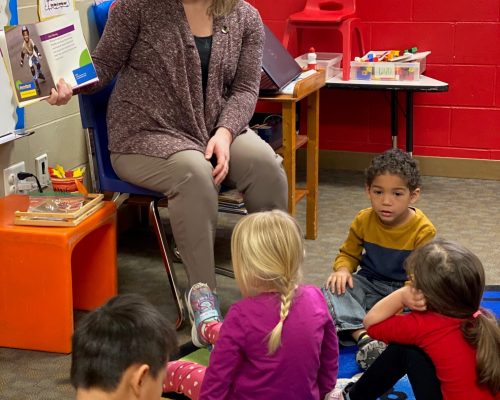

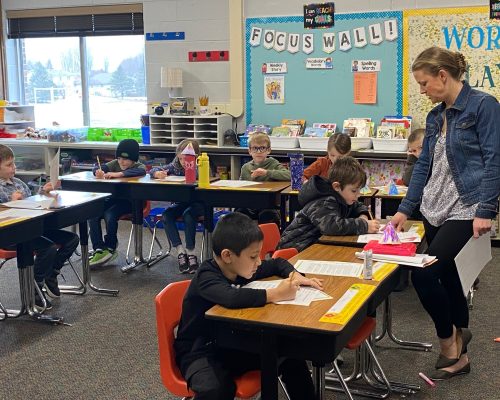
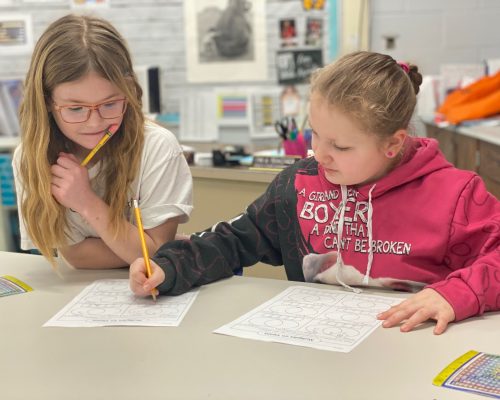







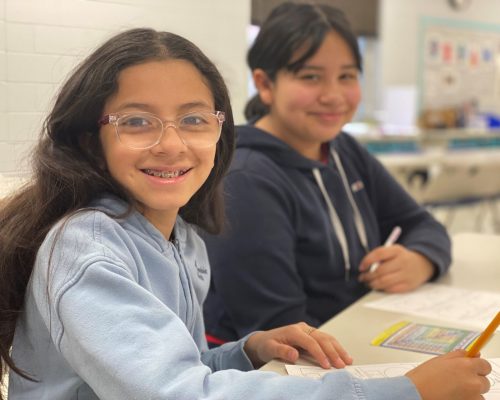

Connect With Us
Lewiston-Altura School District
100 County Road 25
Lewiston, MN 55952
